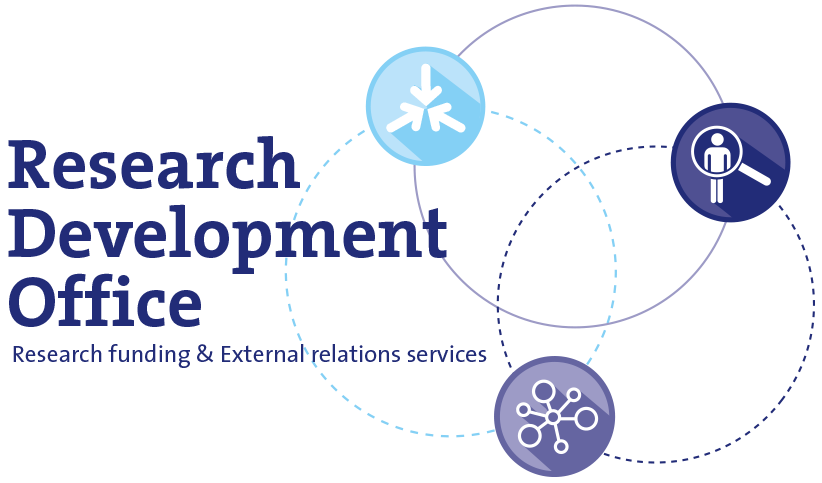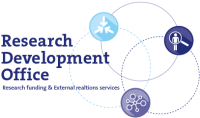Histogenomic biomarker identification to improve neuroendocrine lung tumor diagnostics on biopsies, using multiplex immunohistochemistry and artificial intelligence assisted histomorphological classification

Project summary
Pulmonary neuroendocrine tumours (pNETs) comprise four rare lung tumour types, which share some histological and phenotypical (protein immunostaining) features. However, they are characterized by divergent biologic behaviour. Improvement in sub-classification of pNETS on biopsy specimens will facilitate personalised treatment and improve patient outcome. In this study we aim to substantially improve pNET diagnosis and prognosis by application of artificial intelligence (AI)-driven morphology detection informed by applying genomic single slide (multiplex) IHC markers.
Aim 1: To predict the recurrence of disease after surgery in carcinoid pNETs on pre-operative biopsy specimens, we will use a combined AI-histogenomic approach using H&E stained and multiplex IHC stained slides.
Aim 2: To improve the identification of LCNEC on biopsy specimens, an AI model will be developed, which can distinguish neuroendocrine class from non-neuroendocrine class in digital images. This model will be trained for neuroendocrine class detection. The combined morphology and IHC AI model will then be validated on a separate pre-operative biopsy specimen cohort with matched surgical resections as ground truth.
Aim 3: To explore whether LCNEC is a homogeneous morphological entity or can be morphologically subdivided into carcinoid/large cell/SCLC subtypes, we will use cluster analysis of all cases above, plus additional SCLC. These subtypes will be further correlated to known genomic LCNEC subtypes.
More detailed information
Principal Investigator:
| Dr. Anne-Marie Dingemans |
Role Erasmus MC:
Coördinator
Department:
Longgeneeskunde
Project website:
Not available
Funding Agency:
| Stichting Hanarth Fonds |



